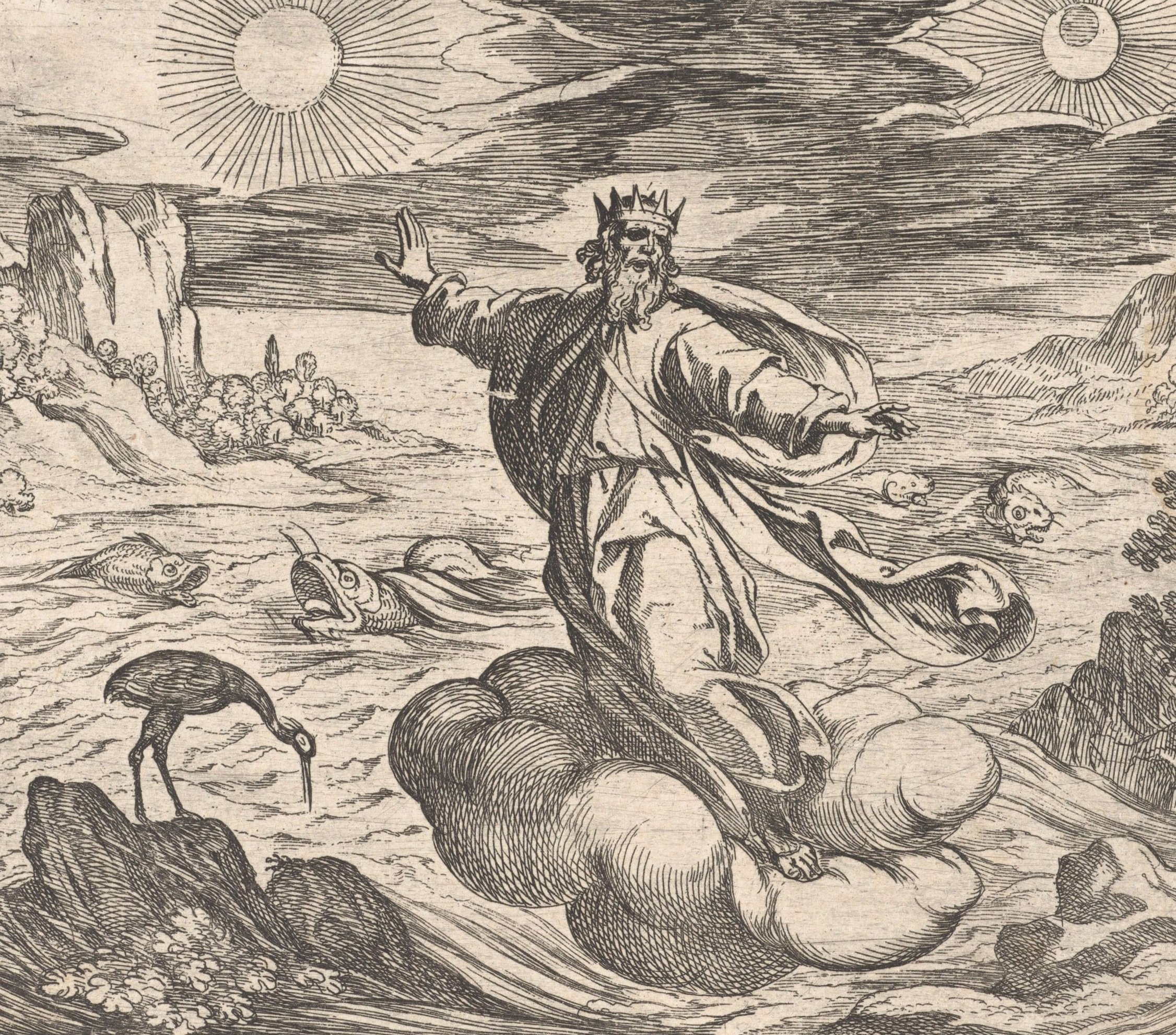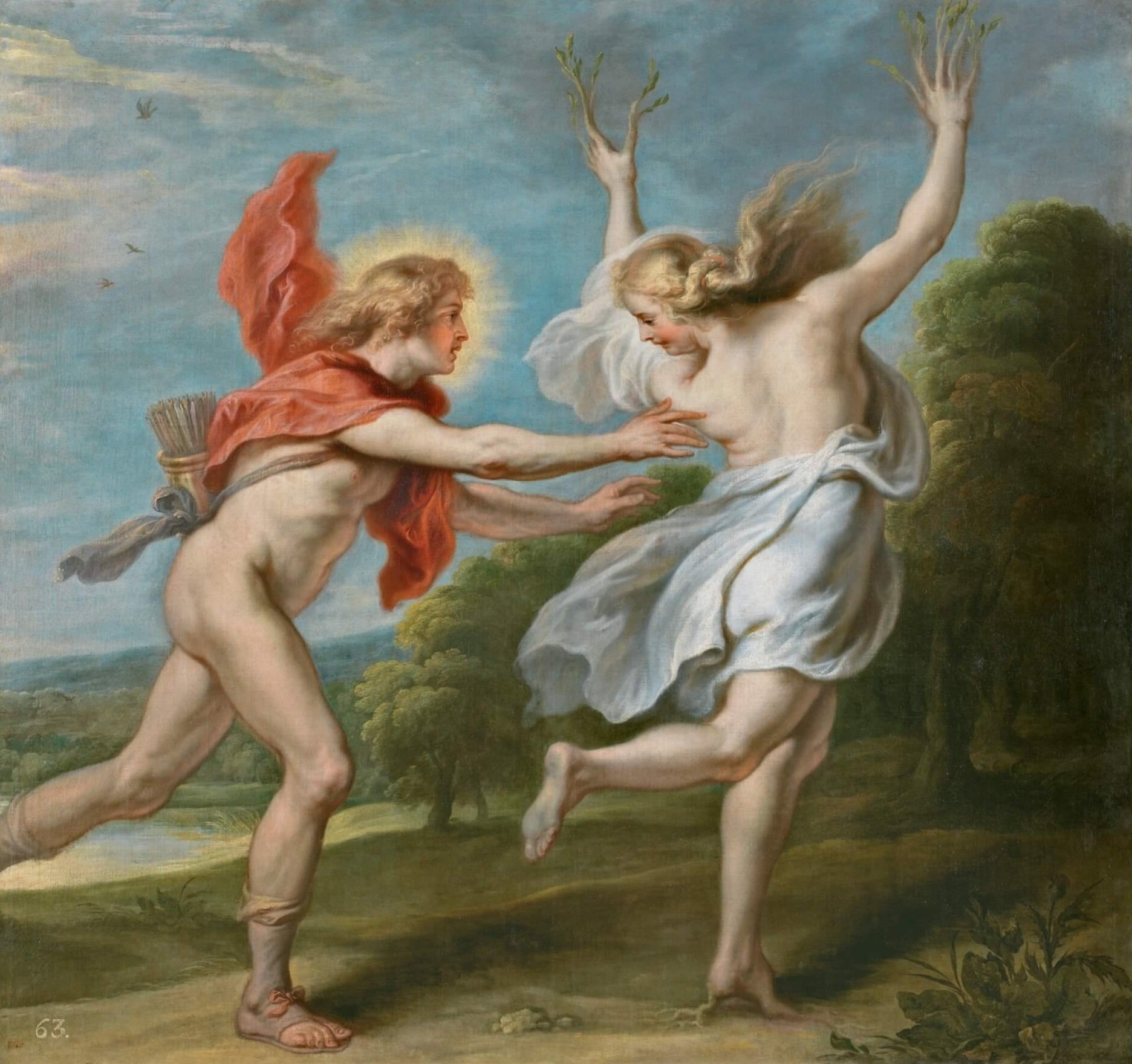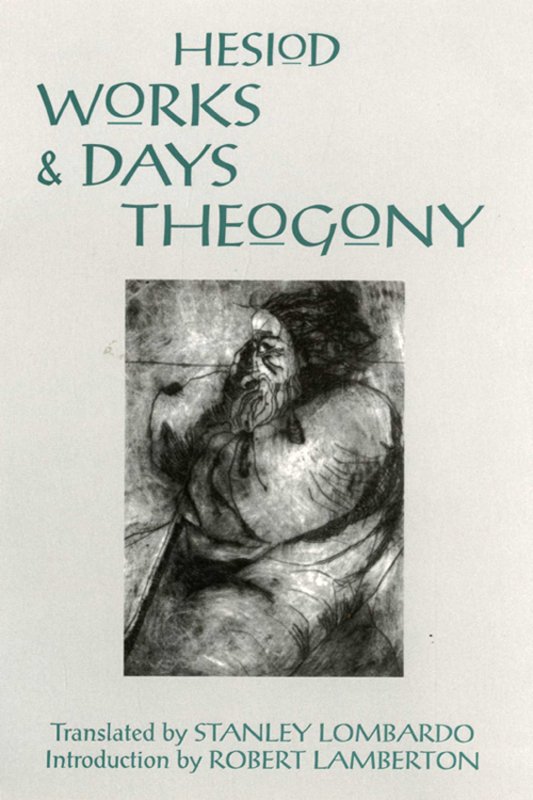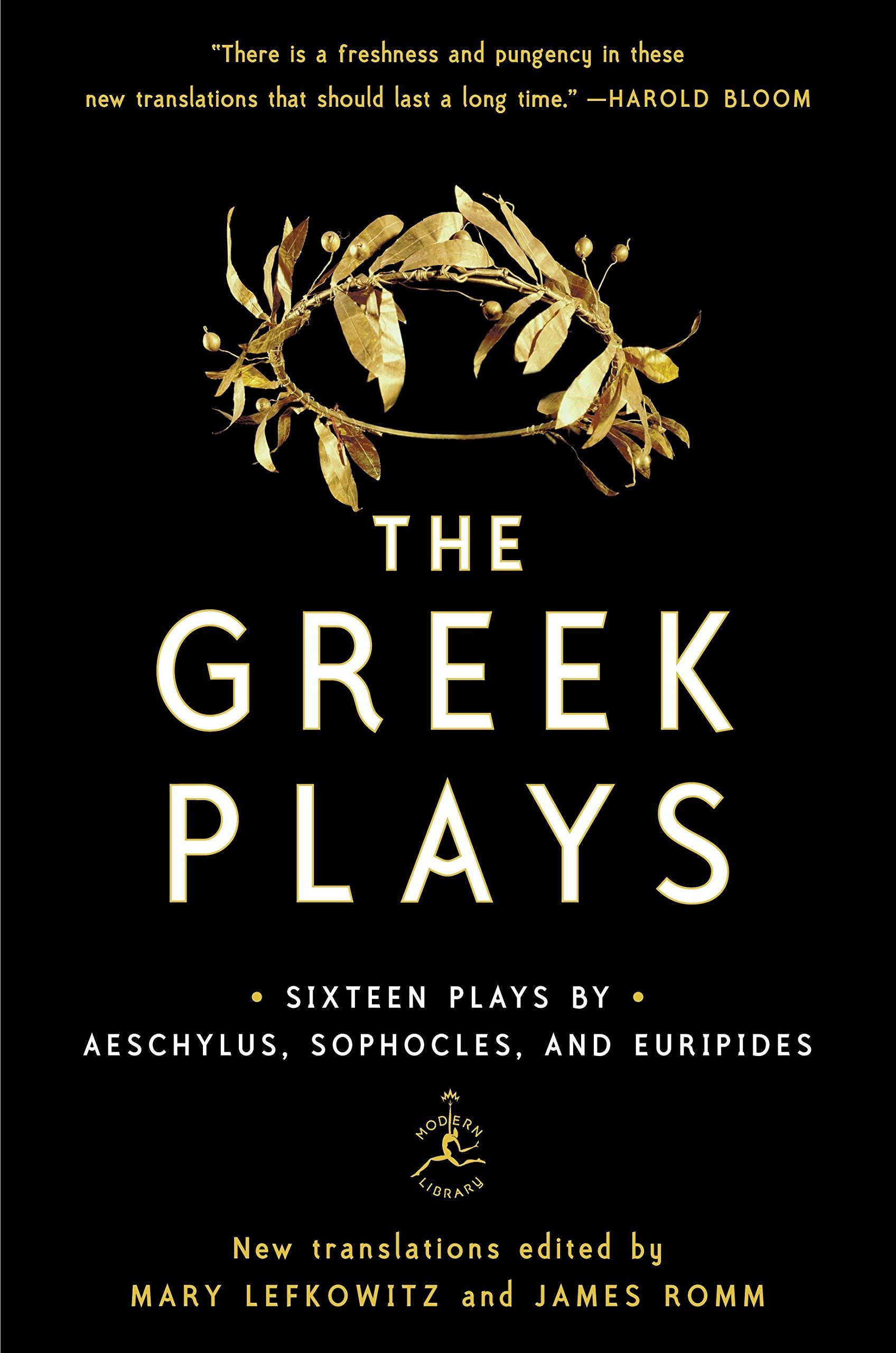Metamorphoses Readalong: Book 1
(CW: discussion of sexual assault and attempted rape)
image: ‘The Creation of the World (Orbis Fabrica)’, Antonio Tempesta 1606
Welcome to week one of the Metamorphoses read-along!
Hopefully you’ve been reading, enjoying, and mulling over Book One this week - in case you’ve missed it, here’s a quick summary of the myths Ovid covered:
Metamorphoses Book 1: Summary
Proem
Ovid introduces us to the theme and scope of the poem.
The Creation of the World
An unnamed god creates the world out of chaos.
The Creation of Human Beings
Humankind is created either from seeds or earth.
The Ages of Humankind
Humankind passes through four ages: Gold, Silver, Bronze, and Iron.
The Gigantomachy
Earth creates humankind from the blood of the Giants.
The Council of the Gods
Jove vows to destroy the bloodthirsty human race.
Lycaön
Jove recounts how he transformed Lycaön into a wolf as punishment for his violence and impiety.
The Flood
Jove orders Neptune to destroy humankind by flooding the earth.
Deucalion and Pyrrha
The two survivors of the flood create humankind from rocks.
The Python
Apollo kills the Python and establishes the Pythian Games.
Apollo Attempts to Rape Daphne
Apollo mocks Cupid; in retaliation, Cupid makes Apollo fall in love with Daphne. Daphne runs away; Apollo pursues her. She is transformed into a laurel tree, which he adopts as his sacred tree.
Jove Rapes and Transforms Io
Jove rapes Io and transforms her into a cow to hide her from Juno. Juno has her suspicions, and makes Argus watch the cow.
Syrinx and Pan
Mercury recounts how Pan loved Syrinx. Syrinx ran away; Pan pursued her. She was transformed into reeds, which Pan turned into panpipes.
Mercury Kills Argus
Mercury kills Argus while he sleeps. Juno puts Argus’s eyes onto her peacock.
Io Regains her Form
Jove turns Io back into a woman again. She becomes the goddess Isis.
Phaethon
Teasing leads Phaethon to doubt that the Sun is his father.
“My spirit moves to tell of shapes transformed into new bodies.”
There’s a lot to digest in this first book. We cover the creation of the world, destruction and recreation of the world, destruction and rebirth of humankind (multiple times) - and we receive an introduction to what will become a central theme throughout the entire Metamorphoses: male figures’ abuse of power, often demonstrated through the sexual assault of women.
I wanted to do a deep-dive into one of the central myths from Book One and explore some of the questions it raises about the gods, about humanity, about power - and what that means for the rest of the Metamorphoses.
Apollo Attempts to Rape Daphne
image: ‘Apollo and Daphne’, Theodoor van Thulden, 1636-1638
Apollo Attempts to Rape Daphne introduces a pattern we’ll see Ovid repeat throughout the Metamorphoses: a male figure (often a god) attempting (and often succeeding) to rape a female figure who has rejected his advances.
I like to highlight, annotate, and tab my books as I read them, and I’ve called the tab I use for this theme ‘men who refuse to take “no” for an answer’. But I feel like that’s putting it too politely. It’s not just that these male characters won’t accept that the female characters have turned them down - they often refuse to hear or acknowledge them at all.
Apollo pursues Daphne. Daphne runs away. Apollo, desperately and somewhat pathetically, gives a panegyric in praise of himself. Daphne continues to flee. Apollo tells her that he’s not a predator (while acting exactly like a predator) and still she runs away from him. Ovid tells us that Apollo ‘thought her lovely’ (line 568) even as she ran away in fear. Ovid tells us that ‘her beauty grew with flight’ (line 571). In desperation, Daphne begs her father to transform her. She’s turned into a tree: ‘Apollo loves this too’ (line 595).
“A stiff root clasps her foot, just now so swift. The treetop takes her mouth. Just her gleam remains.”
Daphne has given Apollo no indication whatsoever that she appreciates his advances. In fact, she’s done the complete opposite. Yet even after she’s transformed, even after her skin has been turned to bark, her hair to leaves, her feet to roots - even then she cannot escape Apollo. No longer able to rape her, the god satisfies himself by groping and kissing her trunk and claiming her as his sacred tree. Daphne escapes rape, but the price she pays for attracting Apollo’s attention is to become intimately entwined with him for eternity.
We are told that she consents to this. She ‘resists’ when he kisses her bark (line 598) but seems to have relented just 10 lines later - ‘with new boughs, the laurel nodded— / it seemed to sway its treetop like a head’ (lines 608-9). But I find this seems quite ambiguous to me. Branches sway all the time: did Apollo take the wind blowing through the tree as a nod of consent? And can Daphne give consent at all? She has seen what the consequences of refusing a god are - and what possible choice could a tree have?
‘Apollo and Daphne’, Gian Lorenzo Bernini (1622-1625)
I realise that I’ve painted Apollo as the villain of this story. And he is, certainly - or at least, he should be. But this isn’t a particularly straightforward story. Apollo isn’t necessarily acting of his own free will. Apollo, perhaps, cannot freely give consent, either. Because Cupid struck Apollo with one of his arrows.
The myth immediately preceding this one tells how Apollo slew the monstrous Pythia - and at the beginning of Apollo Attempts to Rape Daphne, Apollo quite patronisingly mocks Cupid, telling him that he isn’t ‘manly’ enough to wield the bow and arrow. In response, Cupid takes two arrows: ‘one fends love off’ (line 506), and hits Daphne; ‘one forms [love]’ (line 506), and hits Apollo.
“Though many sought her, she refused them all. She did not want a man and never had.”
Cupid has warned Apollo that his ‘glory yields to [Cupid’s] as much as animals to gods’ (lines 501-2) which introduces us to an interesting concept: the hierarchy of power within the family of the gods. Cupid, the god of erotic love, appears to hold power over Apollo, the god of prophecy and music and archery and healing (as he himself tells Daphne, lines 558-563).
Or does he?
Should we take it for granted that the god of healing and archery cannot heal a wound caused by an arrow? Should we take it for granted that Apollo has no choice but to pursue Daphne? He seems to be cured as soon as he’s satisfied with what he’s got from her, after all.
Regardless, this introduces an additional power dynamic that I’ll be interested to watch play out throughout the remaining Books of the Metamorphoses.
Explore the stories from Book One of the Metamorphoses further
Throughout the Metamorphoses, Ovid alludes to, parodies, expands on, or deliberately omits many older and contemporary texts. Here are some recommendations for Greek texts that inspired the stories Ovid tells in Book One - plus some more modern discussions and adaptations you might be interested in exploring!
Theogony, Hesiod
Read Hesiod’s version of the creation myth, the ages of humankind, and the Titanomachy.
Prometheus Bound, Aeschylus
In Aeschylus’s dramatisation, Io tells the story of her rape and transformation.
Homeric Hymn to Apollo
Read the story of how Apollo slayed the Python and founded his oracle.
Apollo e Dafne (Handel)
Handel’s cantata, written for two singers, follows Ovid’s version of the Daphne and Apollo myth.
A Musical Instrument (Elizabeth Barrett Browning)
Browning’s poem describes how Pan, with violence and disregard, creates his panpipes.
Mini Myth: The Gigantomachy, it’s a War, with Giants (Let’s Talk About Myths, Baby!)
Liv talks about the Gigantomachy, a myth briefly mentioned by Ovid.






